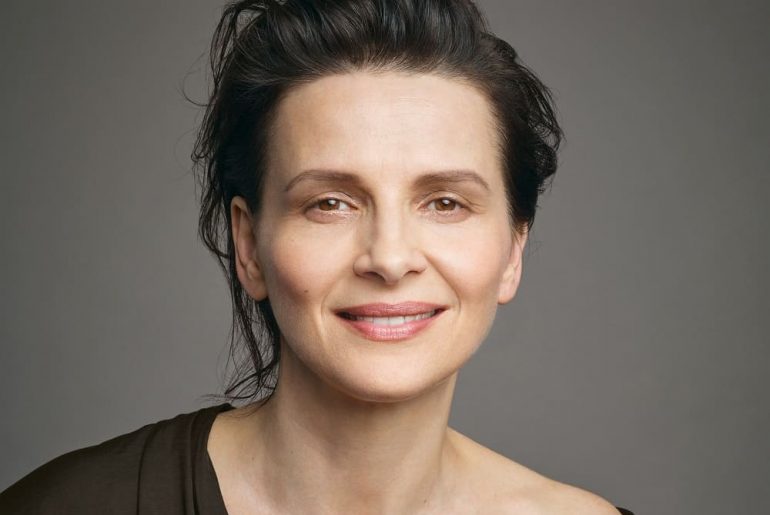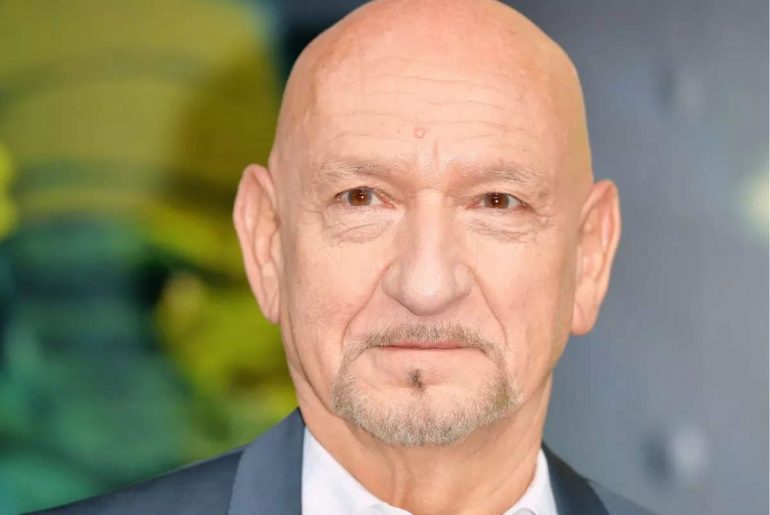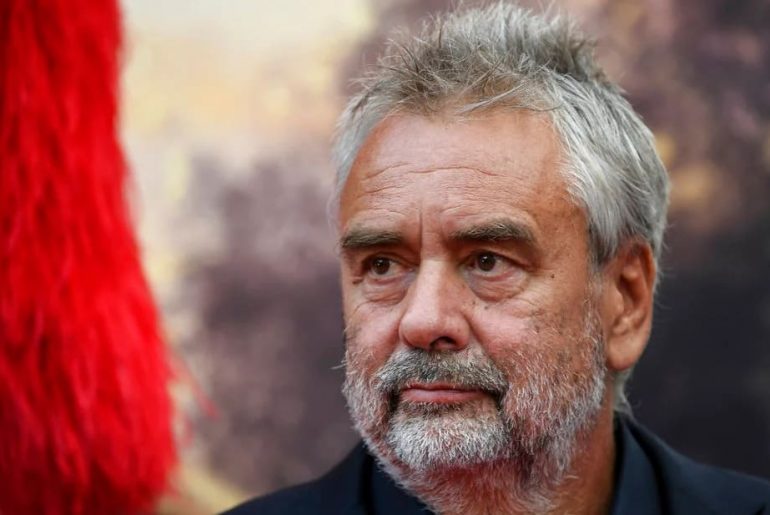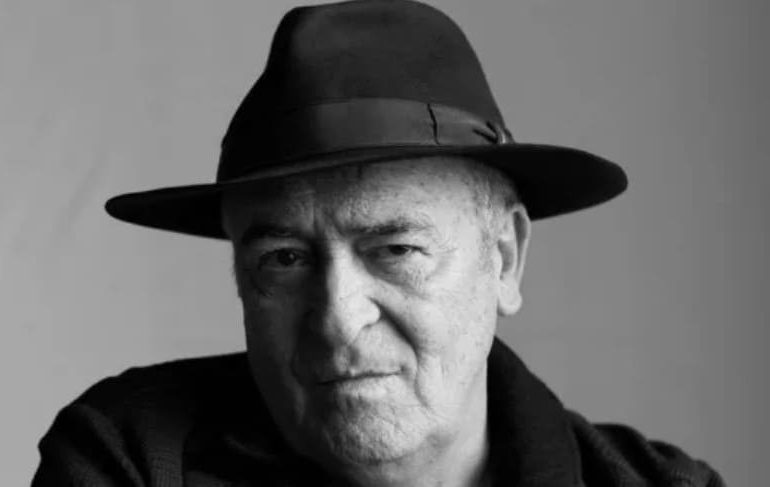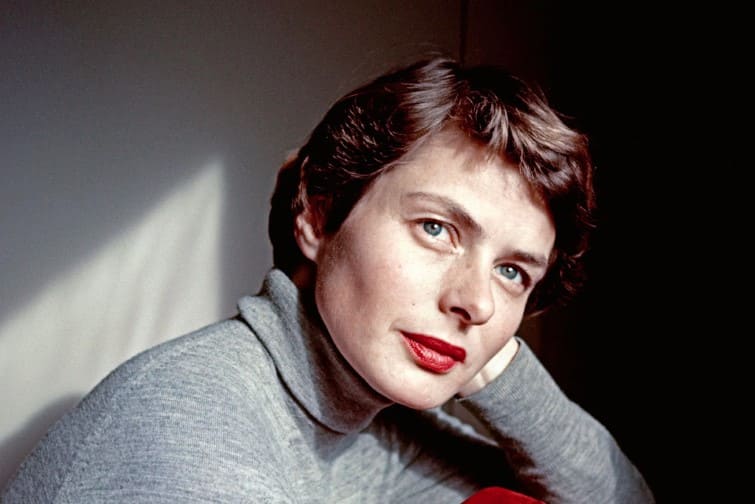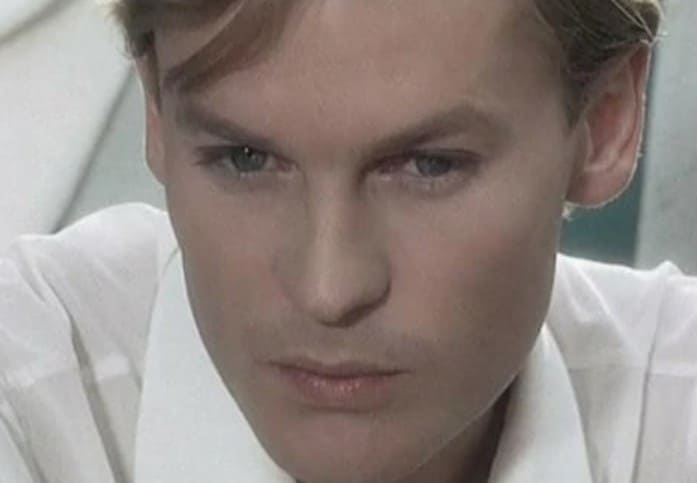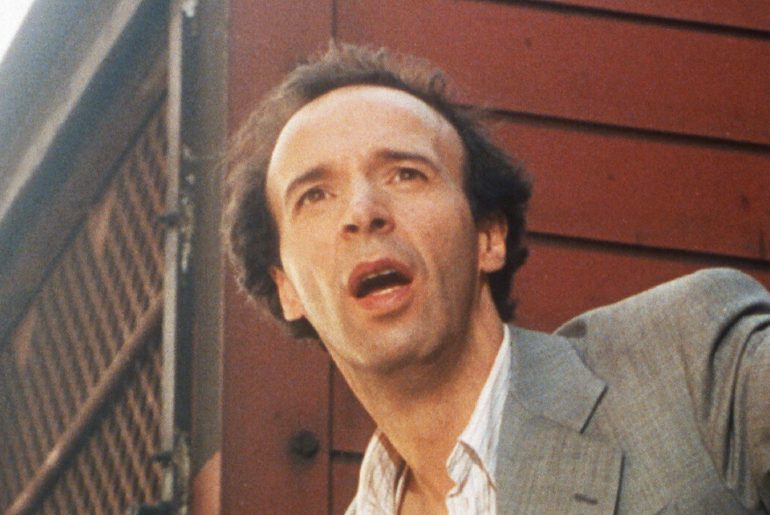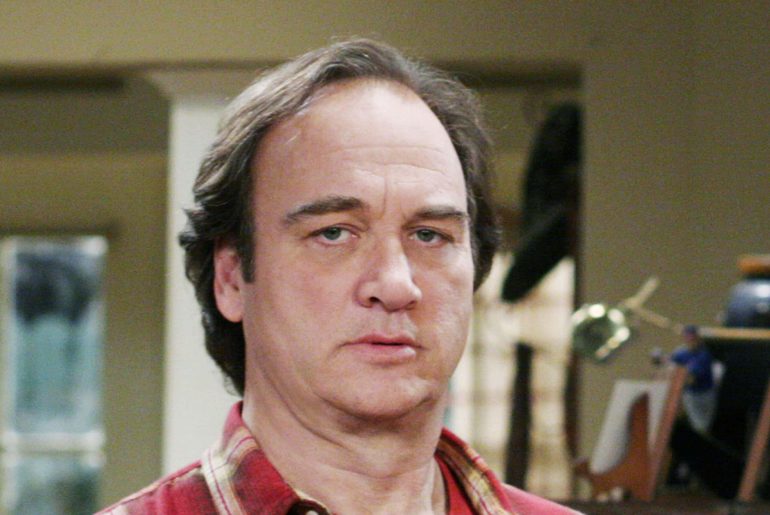The French actress is one of the biggest film stars in France. However, she also presented her charming acting with great success in international productions and was honored with the most prestigious awards in the film industry. In 1997, in addition to numerous other film prizes, she received an Oscar for her role as Hana in “The English Patient” (1996) in the category Best Supporting Actress. In 2018 she was appointed to the jury as President of the 2019 Berlin International Film Festival. Juliette Binoche’s most successful works include “Three Colors: Blue”, “Chocolat”, “The Clouds of Sils Maria” and “My Beautiful Inner Sun”…
Juliette Binoche was born in Paris on March 9, 1964, the daughter of a communist director and a feminist actress.
After attending a Catholic convent school, she turned to her acting training, which took place at the Paris Conservatory and at the École Nationale des Arts Dramatiques. At the age of 20 she made her acting debut in the French film production “Les Nanas”. The director Jean-Luc Godard became aware of the talented Frenchwoman and cast her in a supporting role in his 1985 production “Maria und Josef”. The modern adaptation of the Bible attracted a great deal of attention, not least because it was heavily criticized by the Vatican.
She got her first major role in 1985, directed by André Téchinés, in “Rendez-Vous”. She was awarded the “Romy Schneider Prize” for her performance. Juliette Binoche achieved her breakthrough in 1988 with the Kudera film “The Unbearable Lightness of Being”, both the film and Binoche were internationally praised. Film offers from America followed, but the Frenchwoman largely preferred European productions. She took on the leading role in “Three Colors: Blue” by Polish director Krzysztof Kieslowskis. The production was awarded the “Golden Lion” at the Venice Film Festival.
Juliette Binoche was also represented in the other two films in the Farben trilogy. From 1999 to 2003 she was in a relationship with French actor Benoît Magimel. Together they became parents of a daughter. She was already the mother of a son from a previous relationship. She celebrated her greatest international success to date in 1996 with “The English Patient”, for whose supporting role Binoche was honored with an “Oscar”. She received another “Oscar” nomination in 2000 for “Chocolat”, in which she starred opposite Johnny Depp. In 2006, the thriller “Caché” hit the cinemas. In it, Daniel Auteuil and Juliette Binoche embody a Parisian couple whose life is turned into a nightmare by anonymously sent videos.
In her private life, Binoche settled in Paris with her two children, Raphael and Hannah. In December 2018 she was appointed to the jury as President of the Berlin International Film Festival 2019. In the same year, she played the leading role in the French drama film “As You Want Me” by Safy Nebbou, which premiered on February 10, 2019 as part of the 69th Berlin International Film Festival. She also received the award for “Best European Achievement in World Cinema” as part of the European Film Awards.
Filmography
1988 – The unbearable lightness of being
1991 – The Lovers of Pont-Neuf
1992 – fatality
1993 – Three Colors: Blue
1995 – The Hussar on the Roof
1996 – A couch in New York
1996 – The English Patient
1999 – The love drama of Venice
2000 – The widow of Saint Pierre
2000 – code unknown
2000 – Chocolat
2002 – Jet Lag – Or Where Love Flies
2004 – In My Country
2005 – Bee Seasons
2005 – Mary
2006 – Cache
2007 – Breaking and Entering
What is Juliette Binoche famous for?
Binoche experienced a great deal of success in the United States throughout the 1990s and 2000s. She won an Academy Award for best supporting actress for her portrayal of Hana, a French Canadian nurse stationed in Italy during World War II, in The English Patient (1996).
What is Juliette Binoche doing now?
Juliette Binoche is tackling a new role that even she’s surprised she ended up playing. The French actress, an Oscar-winner for “The English Patient” and star of “Chocolat,” plays a gritty, weathered truck driver named Sally in her new movie, “Paradise Highway.”
Does Juliette Binoche have rheumatoid arthritis?
Juliette Binoche, as an art teacher whose ability to paint is affected by her rheumatoid arthritis, lies on her stomach across the chair, picks up a paintbrush and swivels from one part to another of the canvas on the floor.
What age is Juliette Binoche?
58 years
Where did Juliette Binoche grow up?
Juliette Binoche was born on 9th March 1964, in Paris. Her father was a sculptor and her mother a French teacher who gave drama classes. After a happy childhood growing up in Loir-et-Cher, Juliette and her sister Marion moved to Paris to persue their studies.
How tall is Juliette Binoche?
1.68 m
How many languages does Juliette Binoche speak?
English is a West Germanic language of the Indo-European language family, with its earliest forms spoken by the inhabitants of early medieval England. It is named after the Angles, one of the ancient Germanic peoples that migrated to the island of Great Britain.


